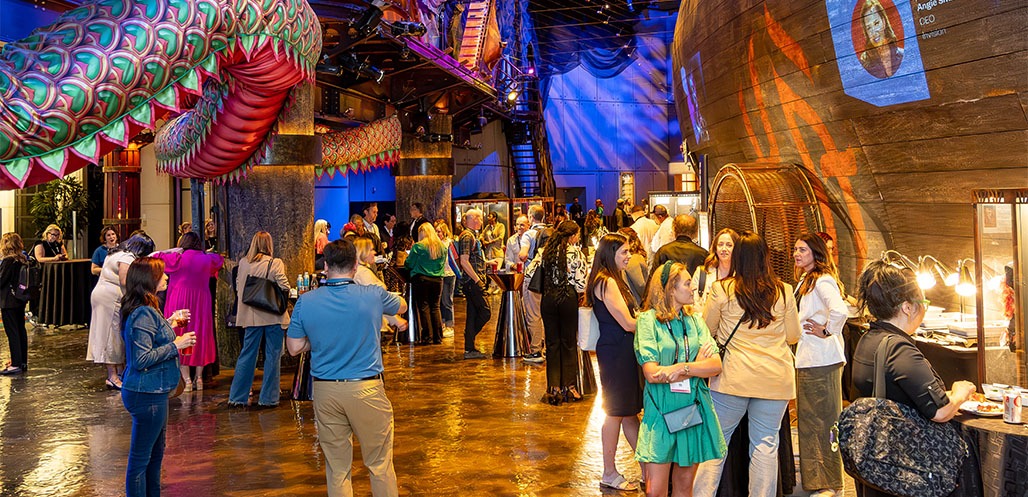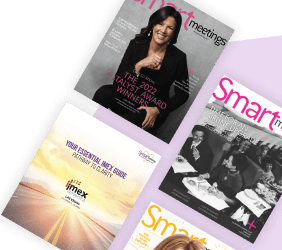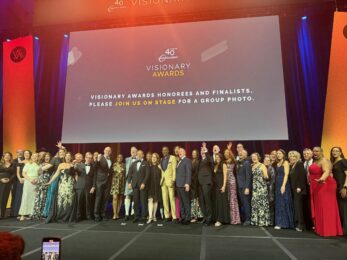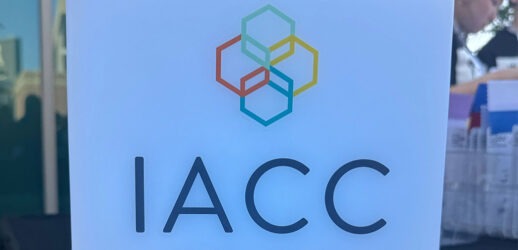Trust isn’t just earned—it’s felt. Industry voices reveal how to craft brand experiences that truly connect
This year’s Experiential Marketing Summit (EMS) offered no shortage of big ideas, but one of the most memorable moments happened away from the mainstage. Inside the iconic KÀ Theatre at MGM Grand Las Vegas, Invision hosted its annual EMS Executive Forum, bringing together senior leaders from powerhouse brands like Canva, Sundial Media and Las Vegas Convention and Visitors Authority (LVCVA) for a dynamic, closed-door conversation about what’s next in brand strategy.
Smart Meetings was there for it all, and we’re sharing the standout takeaways from two high-impact panels that explored how trust is earned, how brands evolve and how experiences turn into lasting emotional connections.
Think of Your Brand as a Friend

To kick things off, Angie Smith, CEO of Invision, invited panelists Kate Wik, chief marketing officer at LVCVA; Joey Wattoo, chief marketing officer at MGM Resorts International; and Molly Hellerman, vice president of strategy & operations at Grammarly, to reframe branding through a personal lens. “If your brand were a friend,” she asked, “what would make you trust them most?” It was a creative and human way to get to the heart of what consumers truly value—and why brand trust is becoming one of the most important differentiators in today’s marketplace. So, which traits do the experts choose?
Read More: Lessons from an Over-the-Top Brand Experience Summit in Vegas
Kate Wik, LVCVA: I would say it’s no judgment. Somebody that I can just lay it all out, show up however I need to show up and not be judged but be embraced. One of the pillars of Las Vegas is all about no judgment. You can come here for any reason. I look for that in my friends as well.
Wattoo: It’s all about consistency for me…Generally, when you talk about a friend or you talk about a brand, it’s about having unlimited trust. If you want to be able to trust, I think it has to be a consistent look and feel.
Shift Directions from a Solid Foundation
Smith then asked how legacy brands stay relevant without losing what made them iconic in the first place. For Las Vegas, that balance is essential.
Wik: [May] is the 120th anniversary of Las Vegas as a city, so that’s 120 years of defining who you are as a brand, who you are as a destination and what you stand for. One truth that really holds true for Las Vegas is this notion of constant reinvention. And it’s not changing identities and forgetting who you were yesterday, and now you’re going to be something else. It’s this layered approach to evolving…Meeting culture where it’s at is incredibly important. Think about the boom that sports tourism is having today; that’s very much a reflection of about 10 years ago, being very thoughtful as a destination, where we wanted to go on the infrastructure, how we were going to get there and how we’re evolving to meet a growing demand from consumers.
Define the Experience
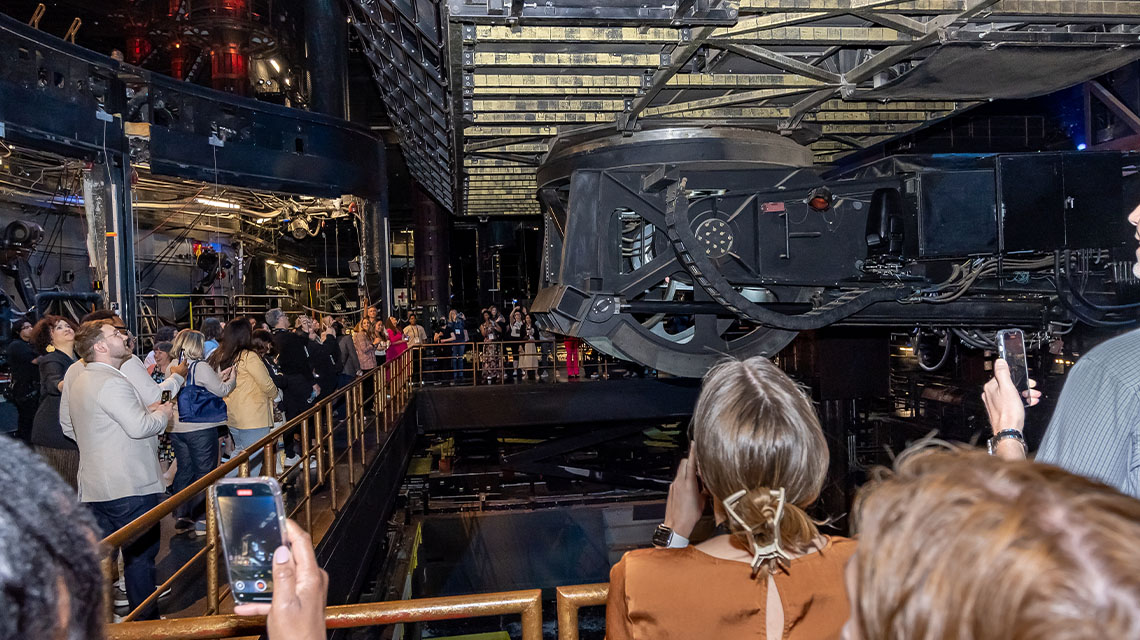
Moderated by Jon Paul Potts, senior vice president of strategy at Invision, the second panel asked speakers to share how they define brand experience in their own organizations. The answers were refreshingly thoughtful—and rooted in emotion.
Michael Barclay II, chief events officer, Sundial Media Group: I would describe brand experience [as] that bridge we build that connects brands and the community of consumers. We’ve been creating sensory-deep experiences that drive emotion, I like to say within a controlled environment, as we tap into that brand engagement. So, we really utilize the experience as we tap into those emotions, into the culture, into anything that makes connectivity to the brand.
Read More: How to Elevate the Attendee Experience at Any Event
Stacey Gromlich, senior director, global audience engagement, Siemens: The one thing I would add is “intentional.” [We make] sure that we’re creating the right connections between the right sets of people for the right reasons, but with intentional outcomes. As you feel connected to the brand, you’re doing something with it. Whether that’s just getting a sense of wonder and curiosity…it all comes back to intentionally creating the way you think people should engage and react in order to then do something with your brand, whether that’s share it, buy it or use it.
Jimmy Knowles, global head of experiential, Canva: I think of brand experiences as the emotional aftertaste you get after you interact with a brand, whether that is a digital activation or a live event, whether it’s the tone or a piece of signage, it’s about feeling that emotional connection and creating moments that make you feel something…and then taking that emotion and translating that into long-term brand love.
Today’s most successful brands aren’t just selling a product or service—they’re creating a relationship. Whether it’s through consistent messaging, intentional experiences or the emotional imprint they leave behind, trust is the thread that ties it all together. As Angie Smith put it, owning every moment means showing up with purpose, and when brands do that well, the connection becomes unforgettable.
